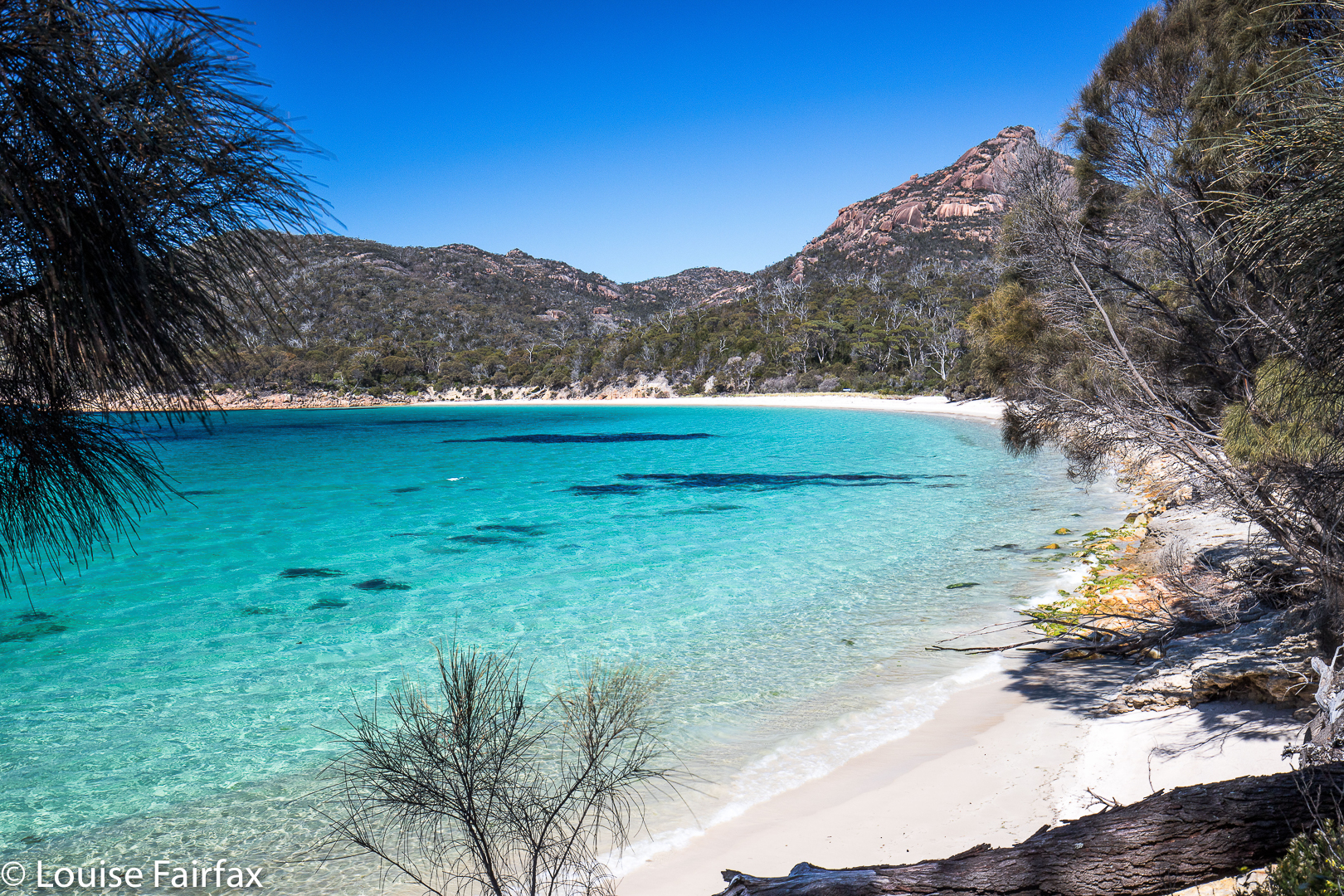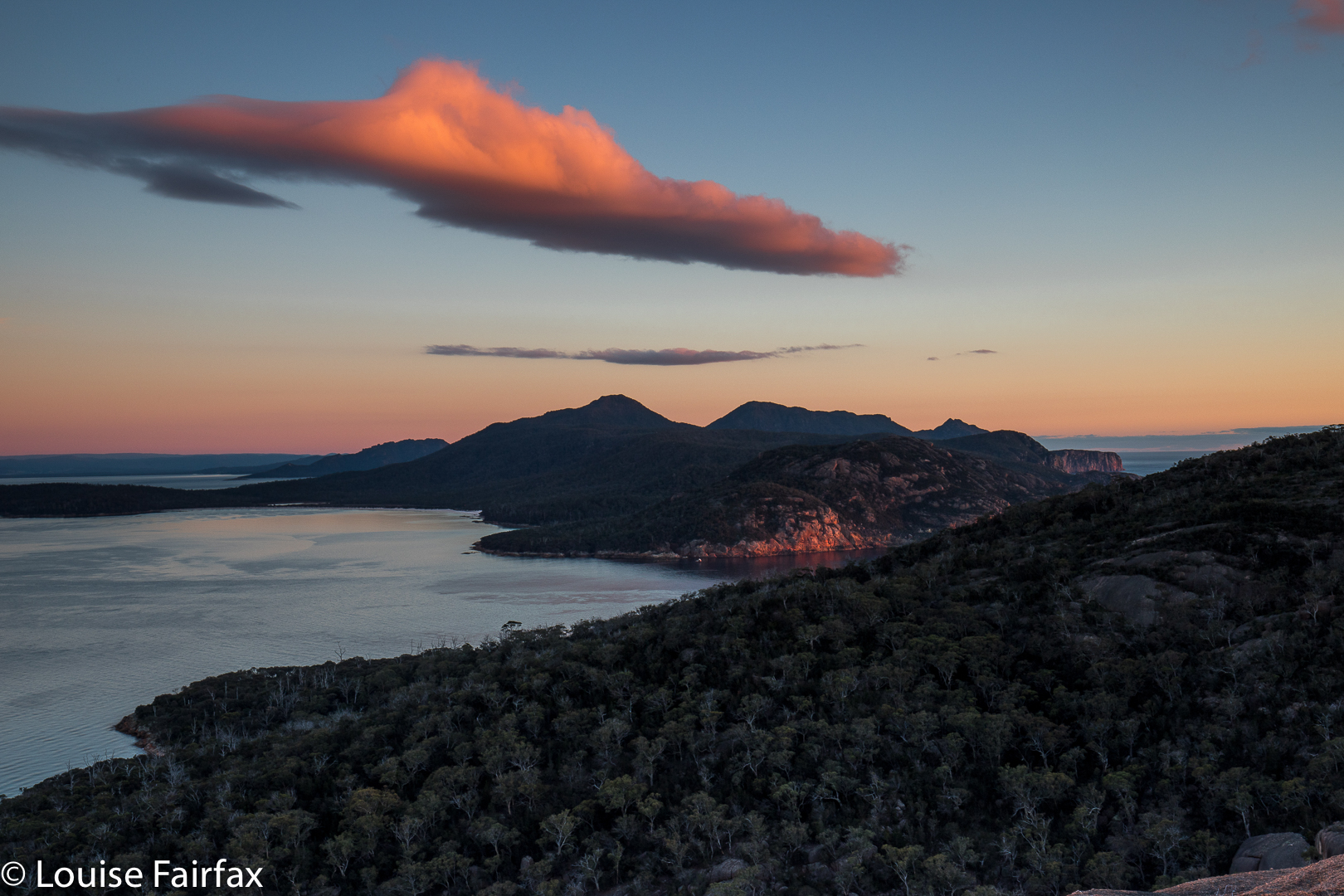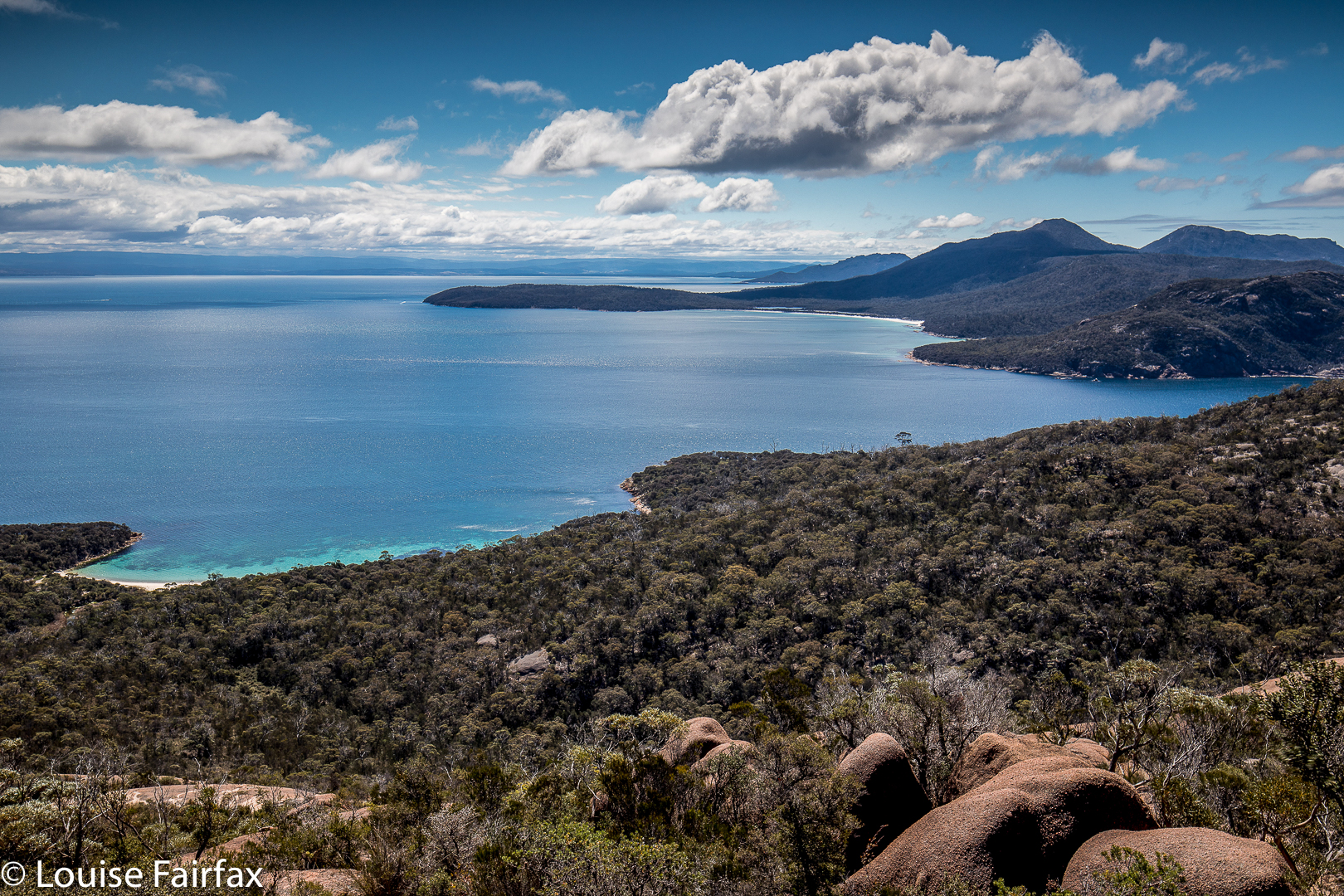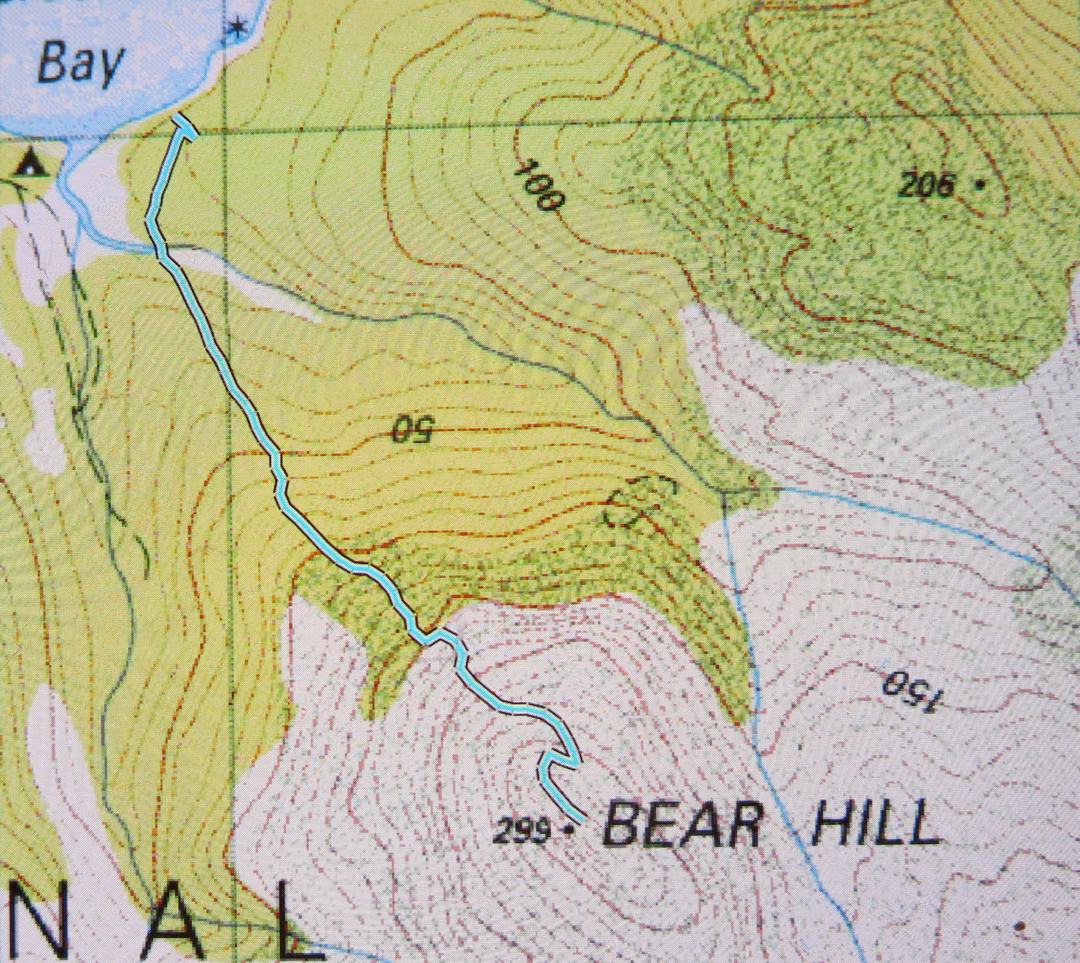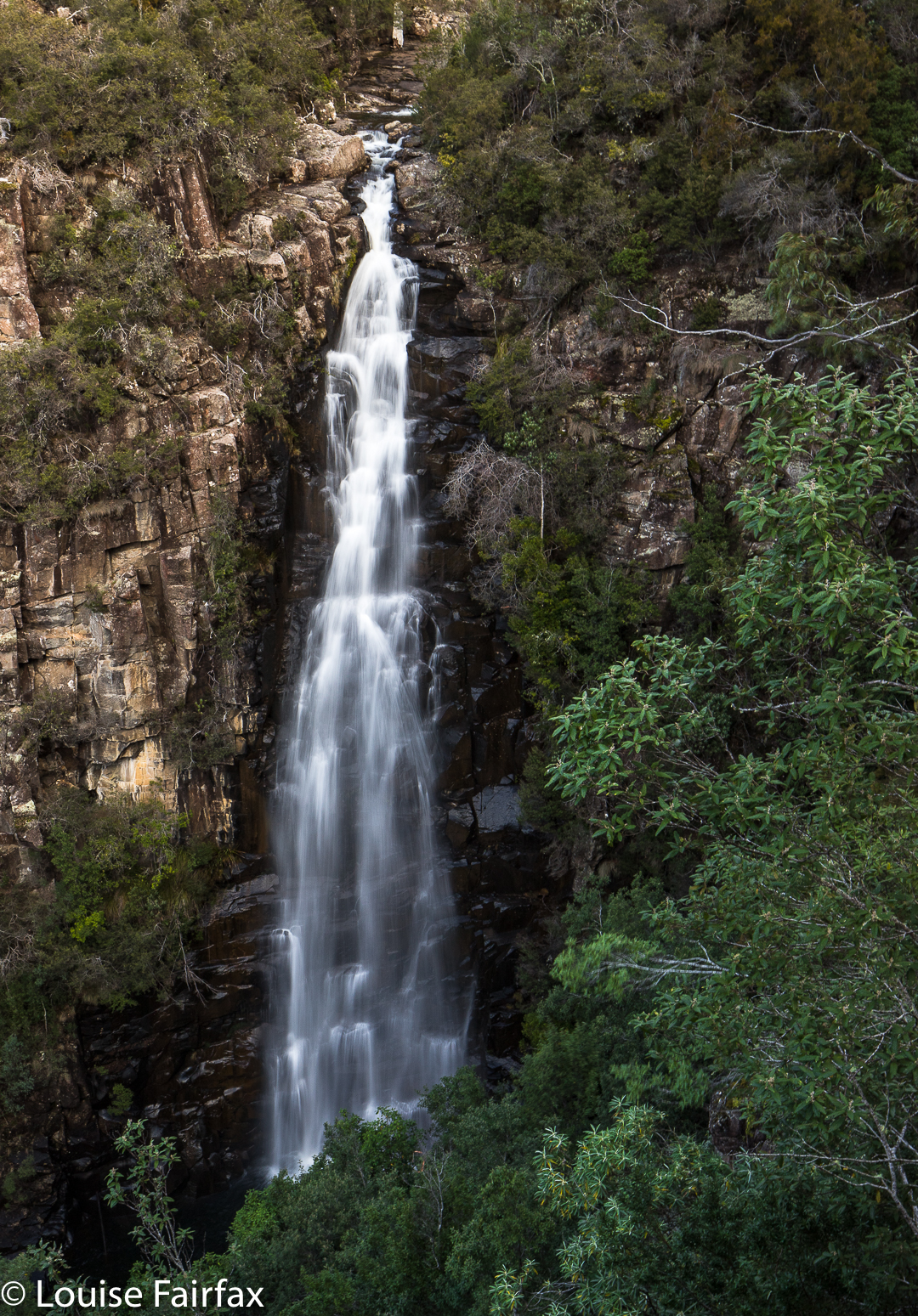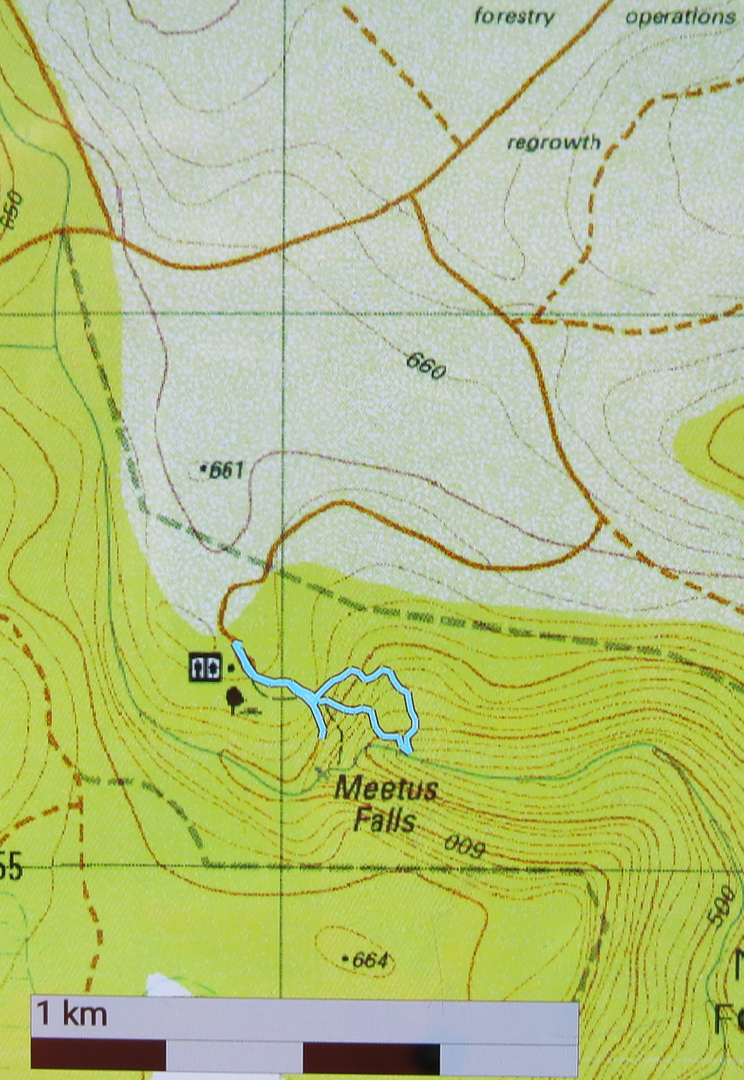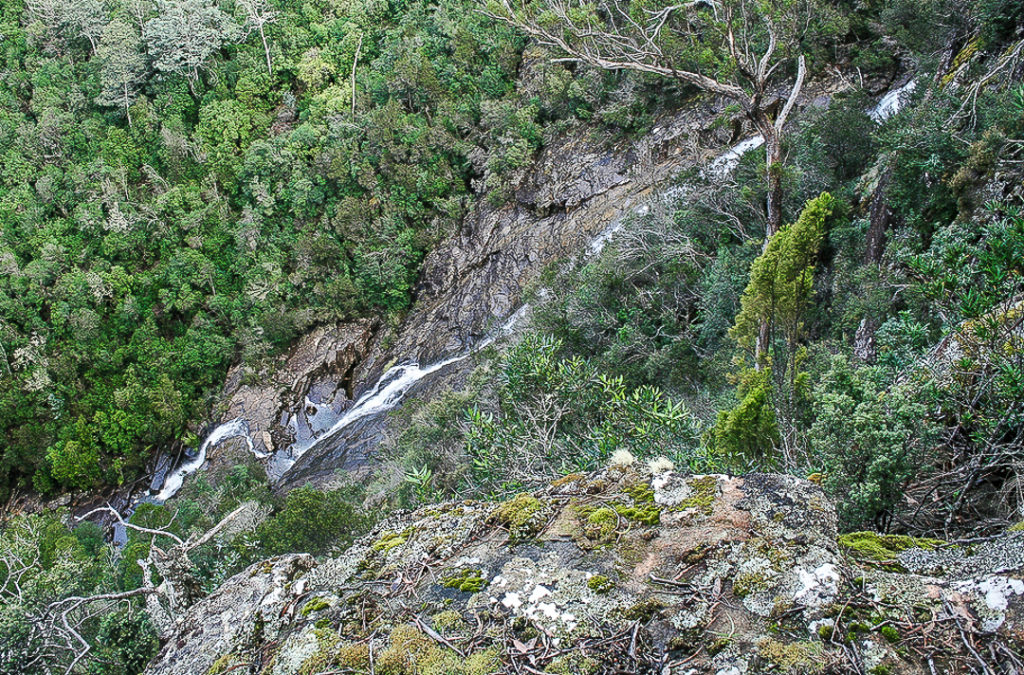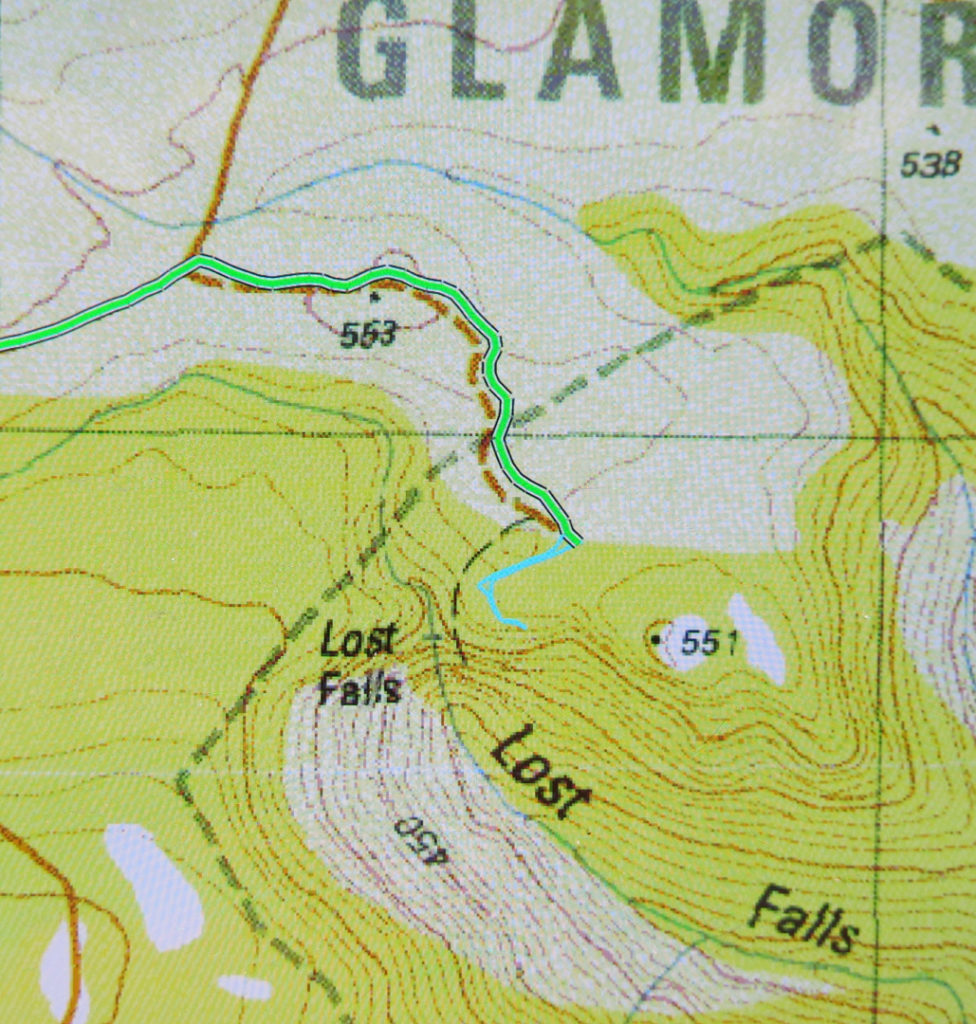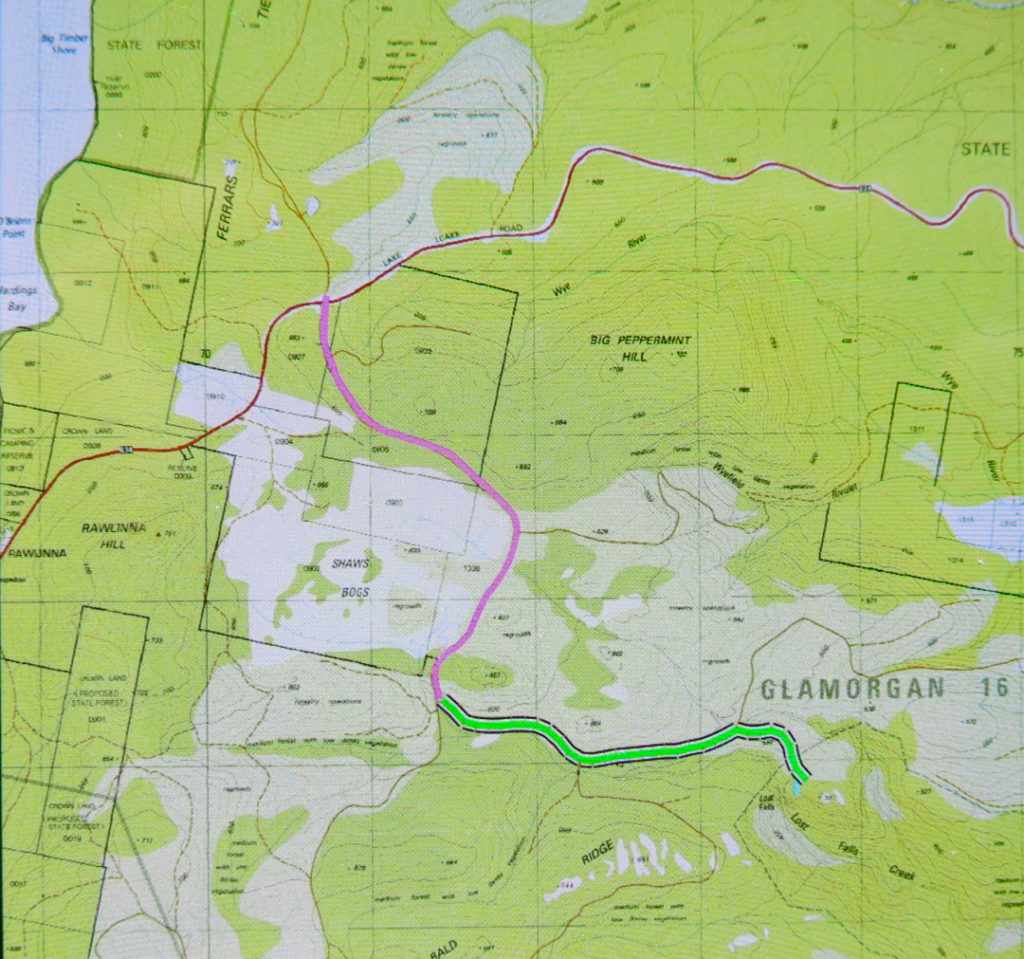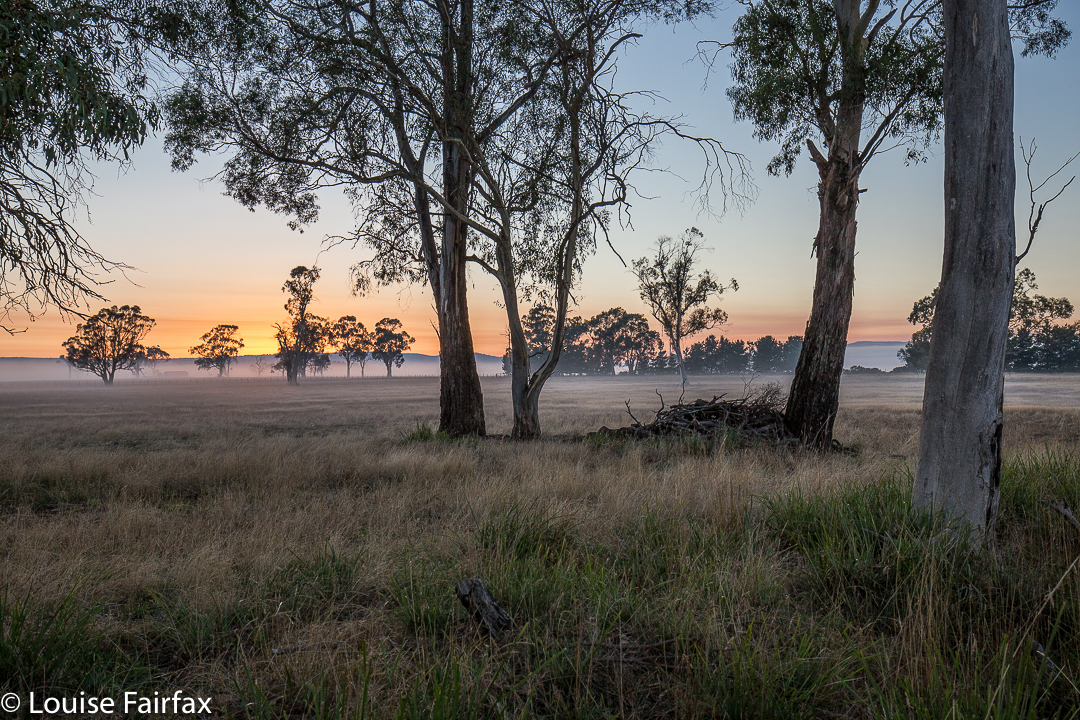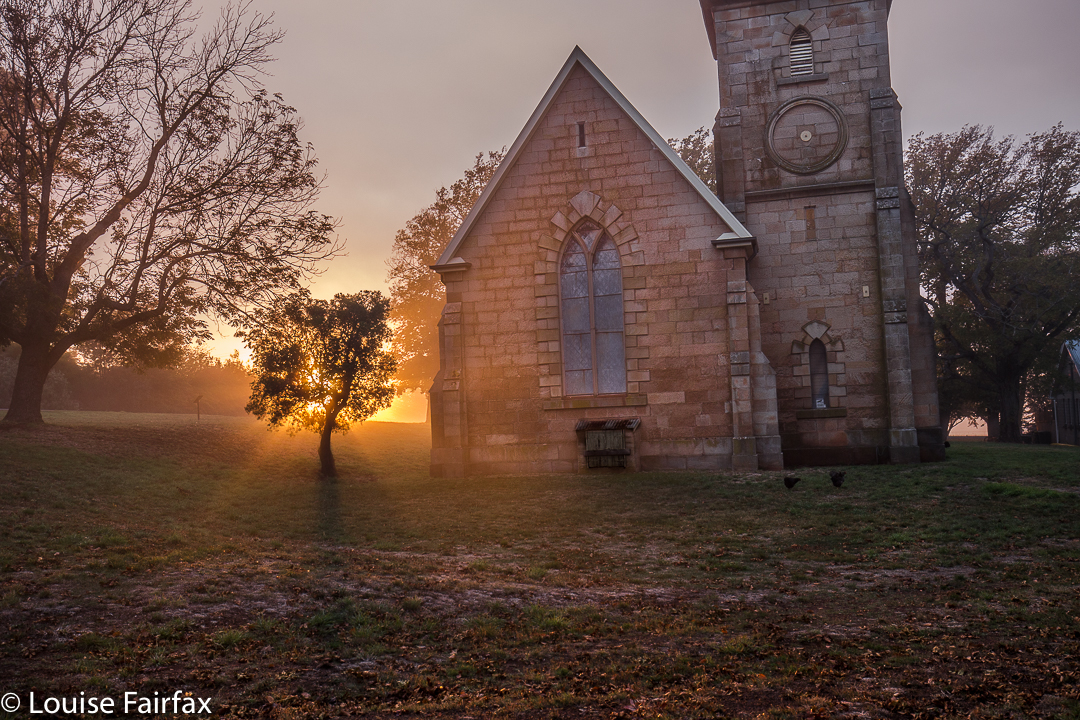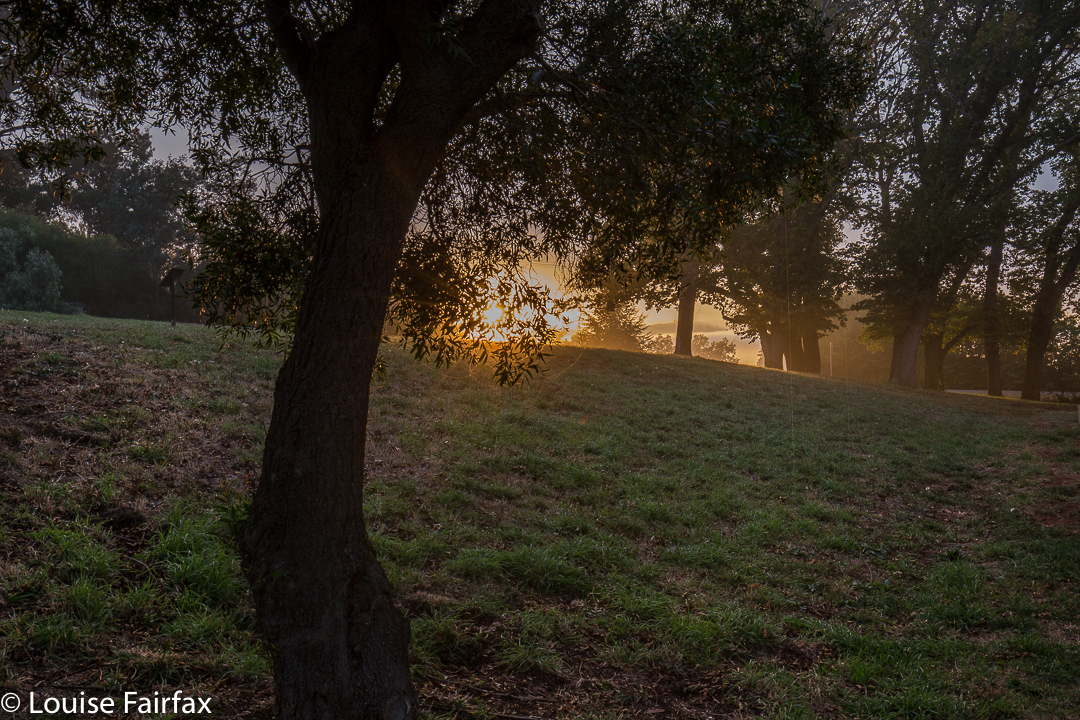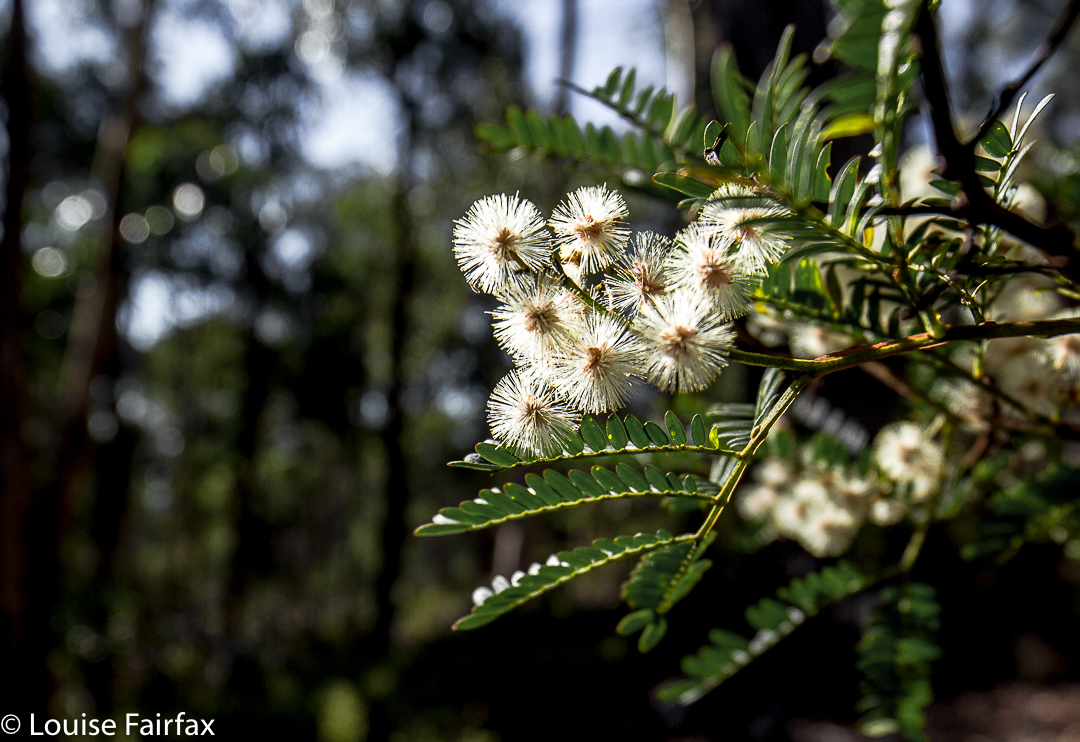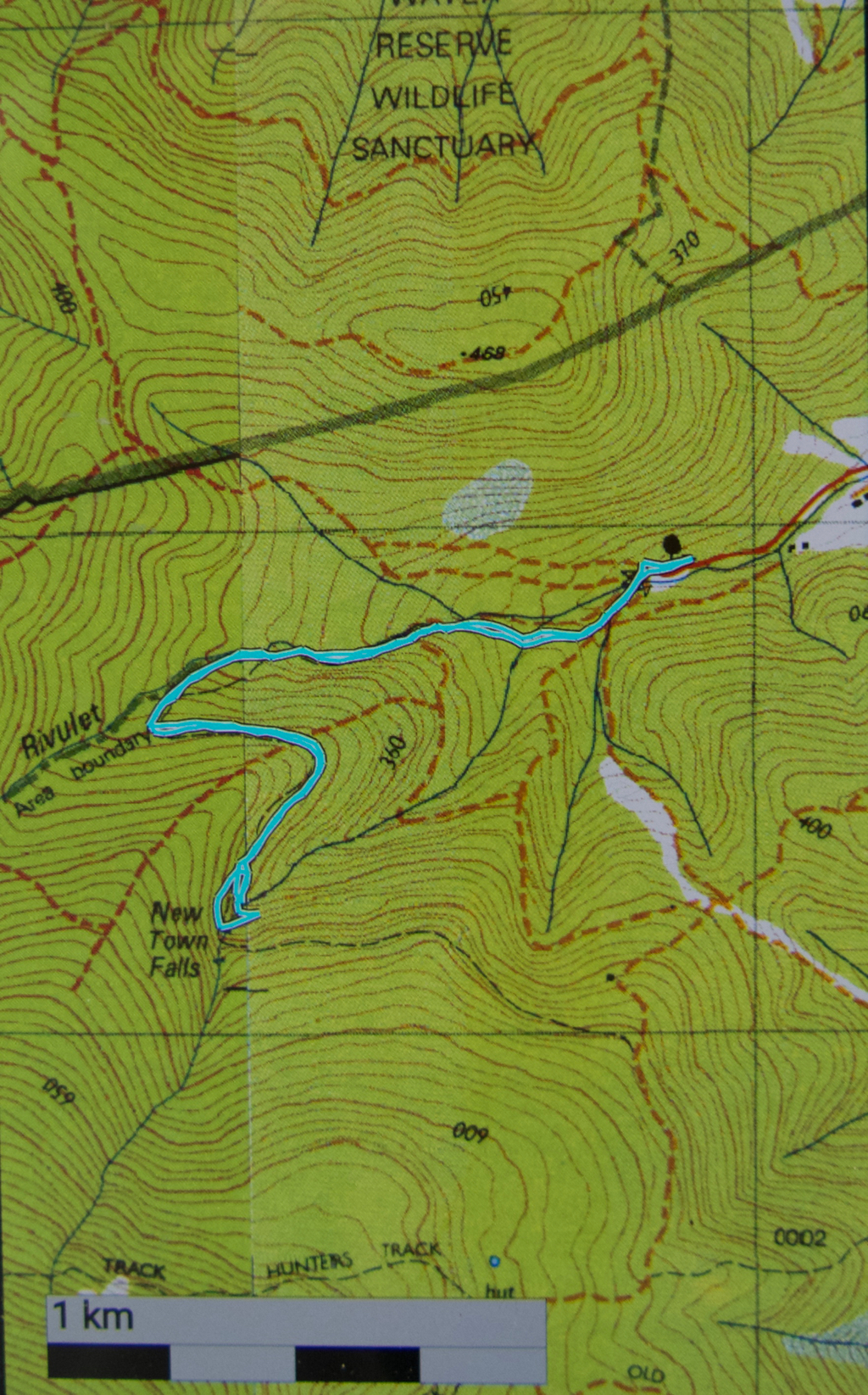Alberton Falls Feb 2018
The web remains curiously silent on the topic of Alberton Falls, and I am an incredibly curious person who likes visiting outré places. Alberton Falls yelled out its challenge to me: “Come and get me if you can.”
I suspected that this wouldn’t be a brilliant mission with respect to photography, but, well, you never know, and we did have a huge storm last night, with a cloudy, possibly rainy day forecast for today. Of course, seeing’s we were there to photograph, the sun shone brilliantly nearly the whole day. The aim with this waterfall was, more than anything else, just to get there and to satisfy my curiosity. Any good photos would be a bonus.
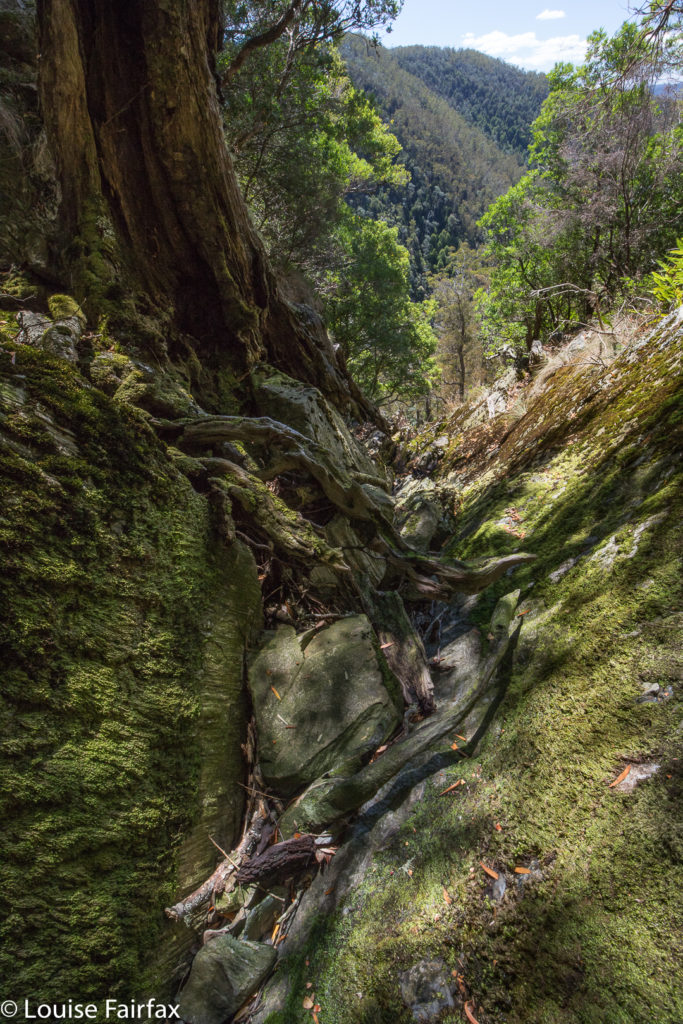 Off we set. It seemed by the sound of things that Carrie was not appreciating walking through marshy button grass in summer heat. Early on she thought she heard a snake. I forged on, trying to pacify her by saying they’d bite me first. I don’t know how convincing I sounded. It seemed she was of the opinion they could bite either of us, and more likely her, as I had on gaiters. I kept pointing to where the forest began: “See, just there. Once we’re there we’ll be in lovely forest with no snakes.” And I was right. The forest was really beautiful, and we didn’t see one single snake. Now we could both start enjoying ourselves.
Off we set. It seemed by the sound of things that Carrie was not appreciating walking through marshy button grass in summer heat. Early on she thought she heard a snake. I forged on, trying to pacify her by saying they’d bite me first. I don’t know how convincing I sounded. It seemed she was of the opinion they could bite either of us, and more likely her, as I had on gaiters. I kept pointing to where the forest began: “See, just there. Once we’re there we’ll be in lovely forest with no snakes.” And I was right. The forest was really beautiful, and we didn’t see one single snake. Now we could both start enjoying ourselves.
 Once we were in the forest, we just followed the creek down. I spotted signs that someone had once walked this way, and Carrie, whose eyes were not so glued to the ground, started spotting old bits of faded, rotted tape, many of which were above my head in height, so I guess a kindly giant put them there. They were not to be relied upon, but that’s fine. I was navigating using the normal methods, but their reassurance was a friendly one.
Once we were in the forest, we just followed the creek down. I spotted signs that someone had once walked this way, and Carrie, whose eyes were not so glued to the ground, started spotting old bits of faded, rotted tape, many of which were above my head in height, so I guess a kindly giant put them there. They were not to be relied upon, but that’s fine. I was navigating using the normal methods, but their reassurance was a friendly one.
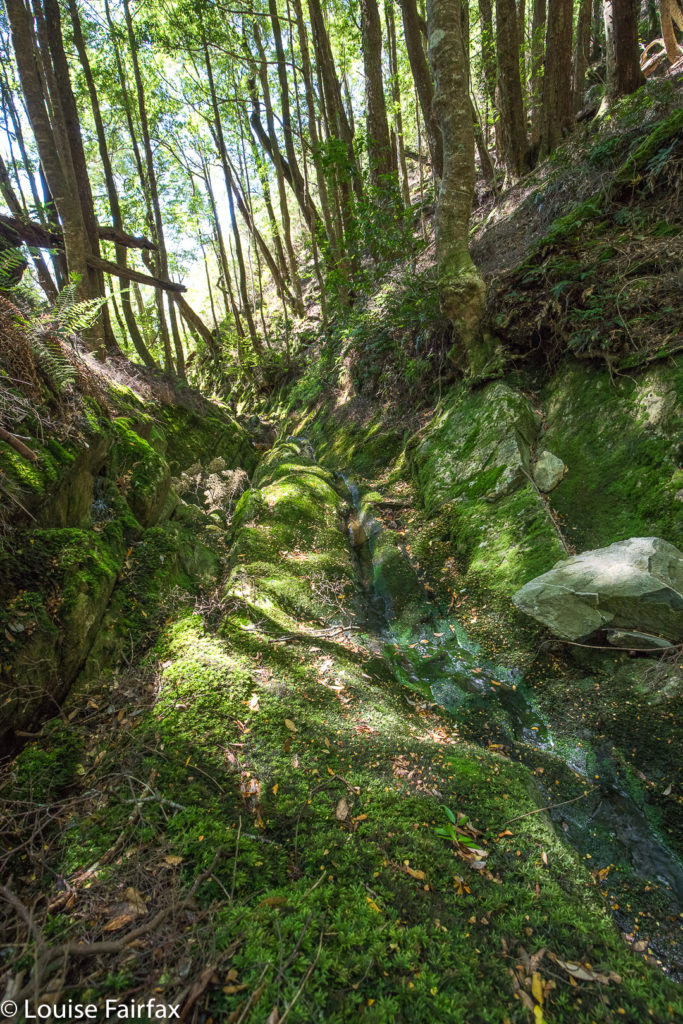 Eventually we came to the “falls” – except that nothing much was falling today. However, just as you can tell that a building was once beautiful by inspecting its ruins, you could tell that this waterfall would be a lovely one when the water was flowing. The drop away from us was huge. We looked out from where it exited the rainforest past a whopping cliff and out, out into the way way yonder. We were both determined to have some photos for our efforts, so snapped away just because that’s what you do when you’ve arrived.
Eventually we came to the “falls” – except that nothing much was falling today. However, just as you can tell that a building was once beautiful by inspecting its ruins, you could tell that this waterfall would be a lovely one when the water was flowing. The drop away from us was huge. We looked out from where it exited the rainforest past a whopping cliff and out, out into the way way yonder. We were both determined to have some photos for our efforts, so snapped away just because that’s what you do when you’ve arrived.
As we both enjoyed the magic rainforest, which was surprisingly open, and so beautiful that we spoke in whispers so as not to spoil the feeling of peace and serenity that prevailed, I took us on a route back to the car that maximised our time in the forest, and thus minimised our time in open land. (The crookedness of the line exists because I was using the parts of the forest with almost no undergrowth, as opposed to areas where this was not the case.) To the north, the land dropped to eternity below us. It was a gorgeous forest and a fun adventure, and we have now documented a previously web-neglected waterfall, and had the pleasure of experiencing a place that not many others have seen, one suspects.
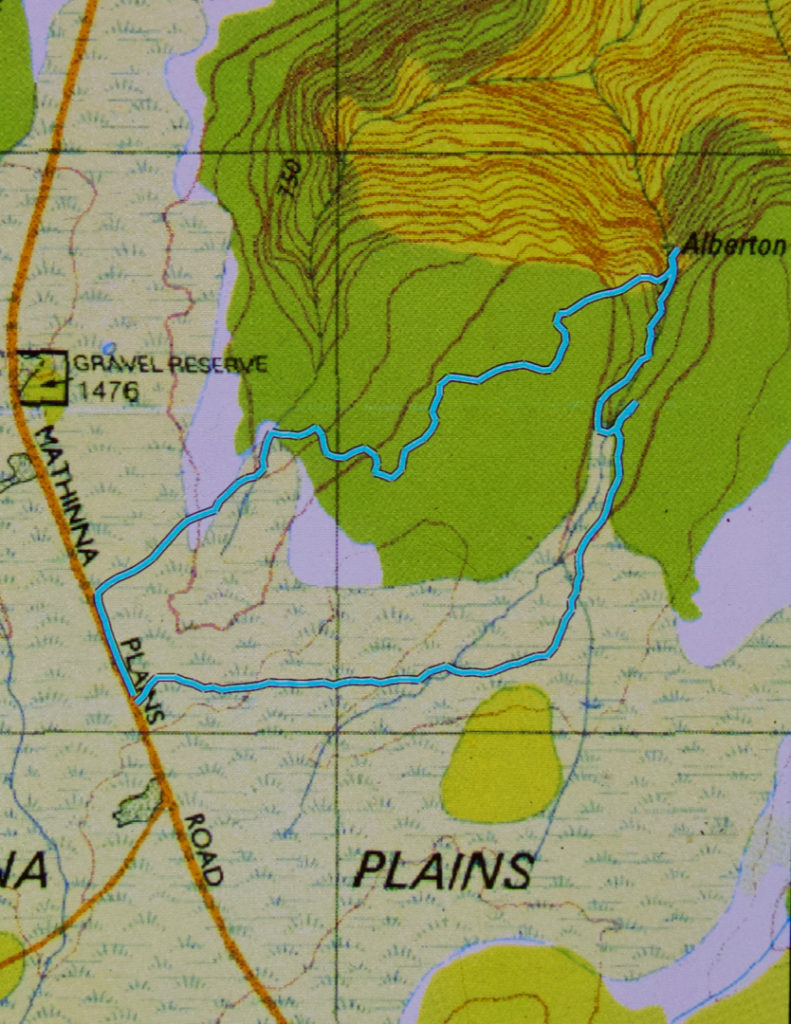 I nearly forgot to add: it took us 23 minutes to the falls, longer on the way back, due to weaving and more map consulting than on the way there.
I nearly forgot to add: it took us 23 minutes to the falls, longer on the way back, due to weaving and more map consulting than on the way there.

